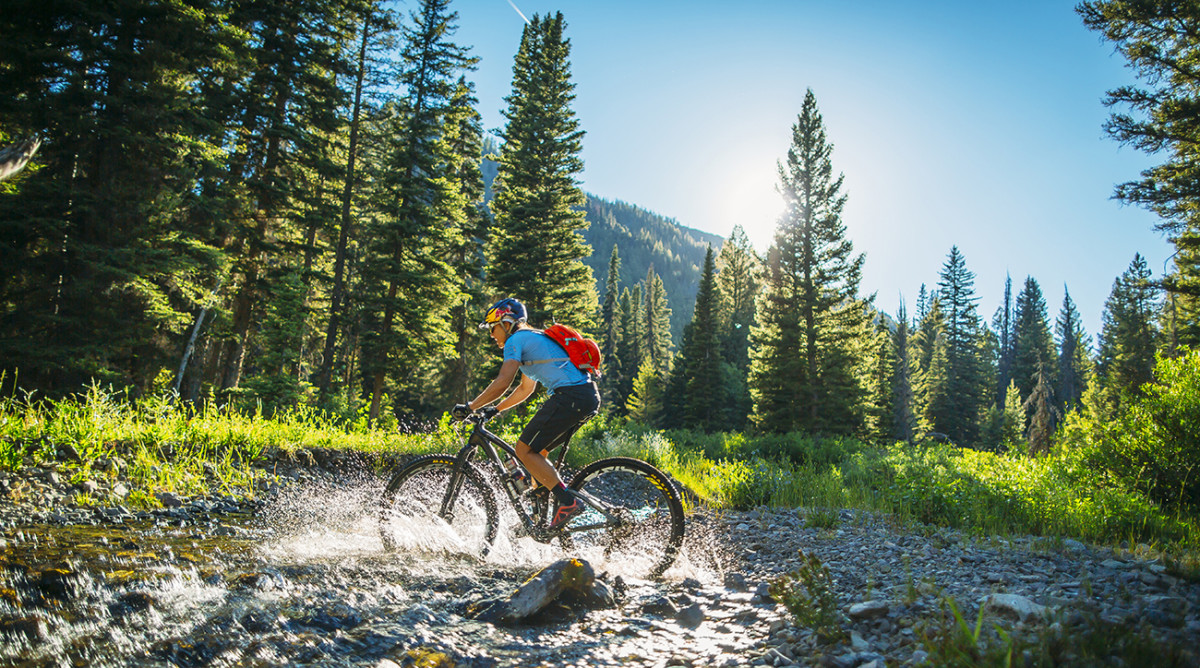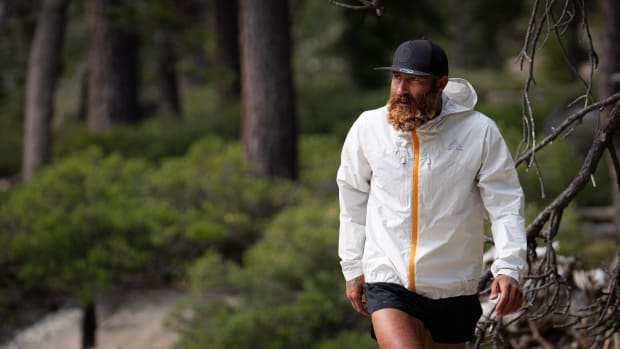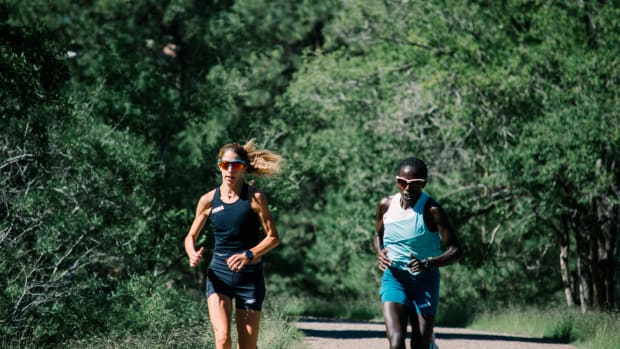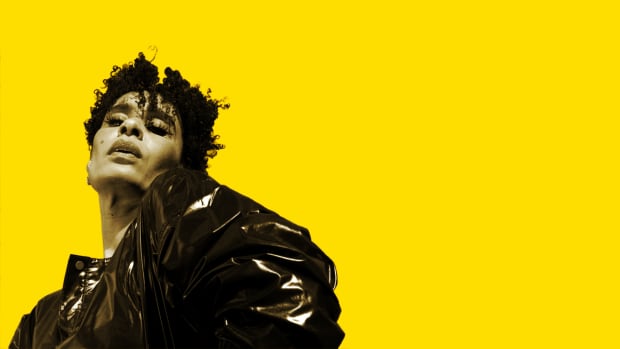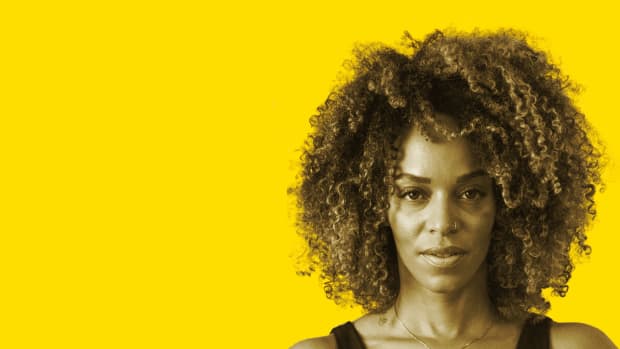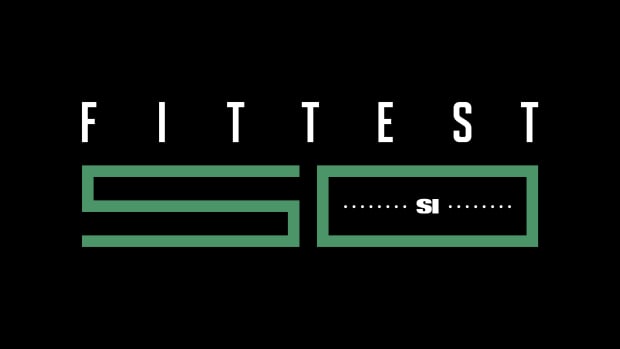How to take your workout outdoors: Escape to Sun Valley for a mountain biking adventure
If you thought mountains were just for winter sports, think again.
Sun Valley, Idaho—site of the world’s first ski chairlift, built in 1936—is also a haven for mountain biking, making it a great escape for summer vacationers looking to get in a sweat-session while enjoying the outdoors.
“Just in our valley alone we have over 400 miles of single track,” says local volunteer firefighter and full-time pro mountain biker, Rebecca Rusch. “There are still rides that I haven’t done here.”
Mountain biking might seem like quite an intense activity to plan for a summer vacation, when most other people will be relaxing on a beach somewhere by the ocean. But there are lots of different types of mountain bike trails—from fire roads that can be ridden on beefed-up road bikes all the way up to the steeps that require specific downhill machines—that suit varying skill levels.
Some of those biking trails are on the snowless ski runs—riders can either bike up the mountains before turning back down, or use the ski lifts for the journey up—but the real charm of the Sun Valley region is its larger network of trails.
“What is most unique about this area is the really long back country riding that you can’t find in a lot of other places,” Rusch says.
Just 15 minutes from her hometown of Ketchum, Rusch rarely sees more than one or two other riders. Single track flows through the woods and up the mountainsides. You can easily spend all day exploring the wilderness, then roll back into the city for all the creature comforts you might expect from a resort town.
While simply being outdoors in nature can reduce stress and improve your overall health, there are also physical benefits to mountain biking. Riding can increase cardiovascular fitness, take stress off your joints and help build strength in your leg muscles. And if you come across a hill that is exhausting to ascend, or to daunting to descend, you can always get too off and walk. Rusch says she had to do just that in many of her early races.
“I would jump off as fast as I could, run down the technical sections, and then jump back on,” she says. “I had to do that because I didn’t have the technical skill, and it was fine. I still won the races, and I could still enjoy going out and riding.”
Obstacle course events have roots in the original fitness bootcamp, SEALPT
Rusch won the Leadville 100 mountain bike race four times straight between 2009 and 2012, but walked up the 26% gradient lower section of the race’s Powerline hill the first three times.
“People walk their bikes all the time. You’ll see pro riders walk their bike all the time. It’s totally normal,” she says. It’s also a great time to appreciate your surroundings.
Aside from not being afraid to walk, Rusch’s biggest piece of advice for aspiring riders is to get the right bike.
“There’s different mountain bikes for different kinds of riding and different kinds of riding styles,” she says. “My garage is full of a bunch of mountain bikes not because I’m a hoarder, but because I ride each one differently depending on what I’m doing.”
The key is to find a good bike shop, and ask lots of questions. Sun Valley is a good place to do that, Rusch says, because “we have as many bike shops as coffee shops.” Her favorite haunts are Sturtevants (for bikes) and Java on Fourth (for coffee).
Further north up the valley, Galena Lodge offers an all-round trail experience. You can sleep in a yurt, eat lunch in the lodge—or snack on a Don Bar, a local delicacy made from peanut butter, chocolate, and granola, and named after its creator Don Shepler—then rent bikes and either head out on 40 miles of trails, or take a lesson to brush up your skills.
After a long day riding, Rusch says that stretching is important. Because your body might be hunched over in a cycling position for hours, she suggests focusing on your hip flexors and opening up your chest. Butterfly stretches, sitting on the ground with the soles of your feet together, and letting your knees drop out to the side, or pigeon pose, laying prone on the ground with one knee forwards and your lower leg perpendicular across the midline of your body, are good for hip flexors. Simply standing straight up, or laying backwards on a foam roller with your arms splayed out to the sides, can open up the chest.
This year is the 200th anniversary of the invention of the bicycle—in case you needed any more excuse to get out and ride—and the fifth year of Rusch’s own race, Rebecca’s Private Idaho. Held on Labor Day weekend, the race features two routes: a 94-mile ride called The Big Potato, and a 56 miler called The Small Fry. (Potatoes are, after all, the state vegetable.) The race runs on dirt fire roads rather than mountain trails or paved highways as a sort of compromise to appeal to everybody.
“Gravel’s a really good way to bring together roadies and mountain bikers on the same terrain and also open the door for newer mountain bikers who might be intimidated to try single track.”
Rusch launched RPI in 2013 to try to answer the question everyone kept asking her when they tried to find Ketchum on a map: Why do you live there?
“I called it Rebecca’s Private Idaho just because it is so easy to get remote here,” she says. “The valley’s hard to get to, but that’s what keeps it really special.”
